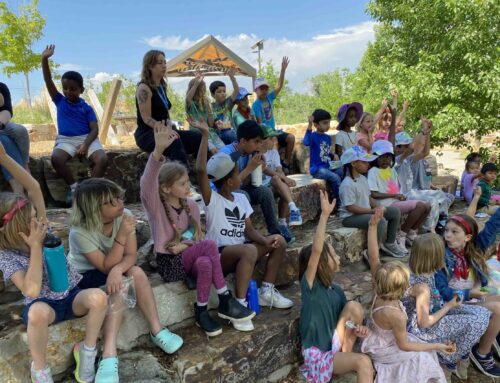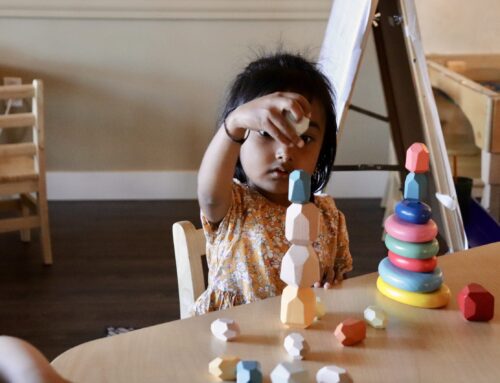Happy spring, everyone!
It’s a beautiful day today, though I hear it’s supposed to snow again shortly. I just got back from visiting colleges with my children and so have been spending quite a bit of time thinking about what a good fit means when it comes to schools. Thinking about sending my eldest child off to college in a little over a year is a scary prospect – how can he already be at that stage? Wasn’t it just yesterday that we were investigating preschool and elementary school options?
I remember like it was yesterday (cliche, I know) when we made a decision to move him to a different school at age four. The school he attended was working well for my daughter, who is two years younger, but he was struggling. He seemed to have a hard time finding good friends and settling in. His teacher had called us a few times about his behavior and how it sometimes made it hard to continue with a lesson. Rarely did he want to participate in whatever activity was going on. We were worried that the problem was with him and, as parents do, fretted about our parenting and what we could and should be doing differently.
When I spoke with a friend about the situation, she asked me, “Do you think the issue might be not with him but with the school?” And, more specifically, with his fit with the school. It clearly worked for many kids, but maybe it wasn’t right for him. And so I figured we had nothing to lose and began to explore other options. When I found what became his school, I knew right away it would be different. It felt like home, and the structure of the day allowed him to find what he loved and what he was good at. His teachers took him under their wing and endeavored to truly know and understand him. The connection he felt with his teachers empowered him to push himself, to take accountability, and to discover who he was. Rather than hearing from teachers about his being disruptive, we heard about him making astute observations, showing compassion for classmates, and demonstrating consistent respect for his teachers and the school.
I was astounded at what a big difference the change in environment made for him. Again, the other school wasn’t bad by any means; it just wasn’t working for him. But here in this new environment, where he could show his true colors and be loved for those, he was thriving. There were many things about the educational philosophy of the school that worked better for him. But I’m convinced that what really made the difference was his teachers. Rather than chiding him for interrupting or straying from the topic at hand, they valued his ideas and pushed him to express himself further. When he felt understood, he was more willing to listen to others and model the active listening that his teachers did for him.

And of course this made sense. In my own teaching, I often found that kids who had been labeled difficult by past teachers were some of the most interesting to me, and I rarely saw the same difficult behaviors because I strove first to make a connection with them. And when I became an administrator, I worked with faculty to create positive connections with their students; and I also worked to create positive connections with them – just like our students do better when they feel connected to their teacher, teachers do better when they feel connected to their administrators and to their school.
And while educators have been talking about the importance of relationships for some time based on anecdotal evidence, there has now been a good deal of research that supports this idea. The brain is much more malleable than we once thought, and even students who have been through difficult and traumatic experiences can grow and learn given the right environment. And research also shows that the brain changes in response to relationships. A positive relationship where someone feels understood is like fertilizer, encouraging the brain to change and grow. And so schools that focus on relationship building allow our students to become their best selves.
At Compositive, we are putting together our founding team of faculty, and it is such a privilege to get to do this from scratch. The interview process is rigorous, and our top priority is finding teachers who recognize and believe in the value of building relationships to create an ideal classroom environment. We have found experienced teachers who have demonstrated tremendous care and love for their students, and they are excited to be a part of something new. The capacity to care and connect is one of four capacities we strive to develop in our faculty and our students. When our community focuses first on this, we allow our students to soar to new heights.







